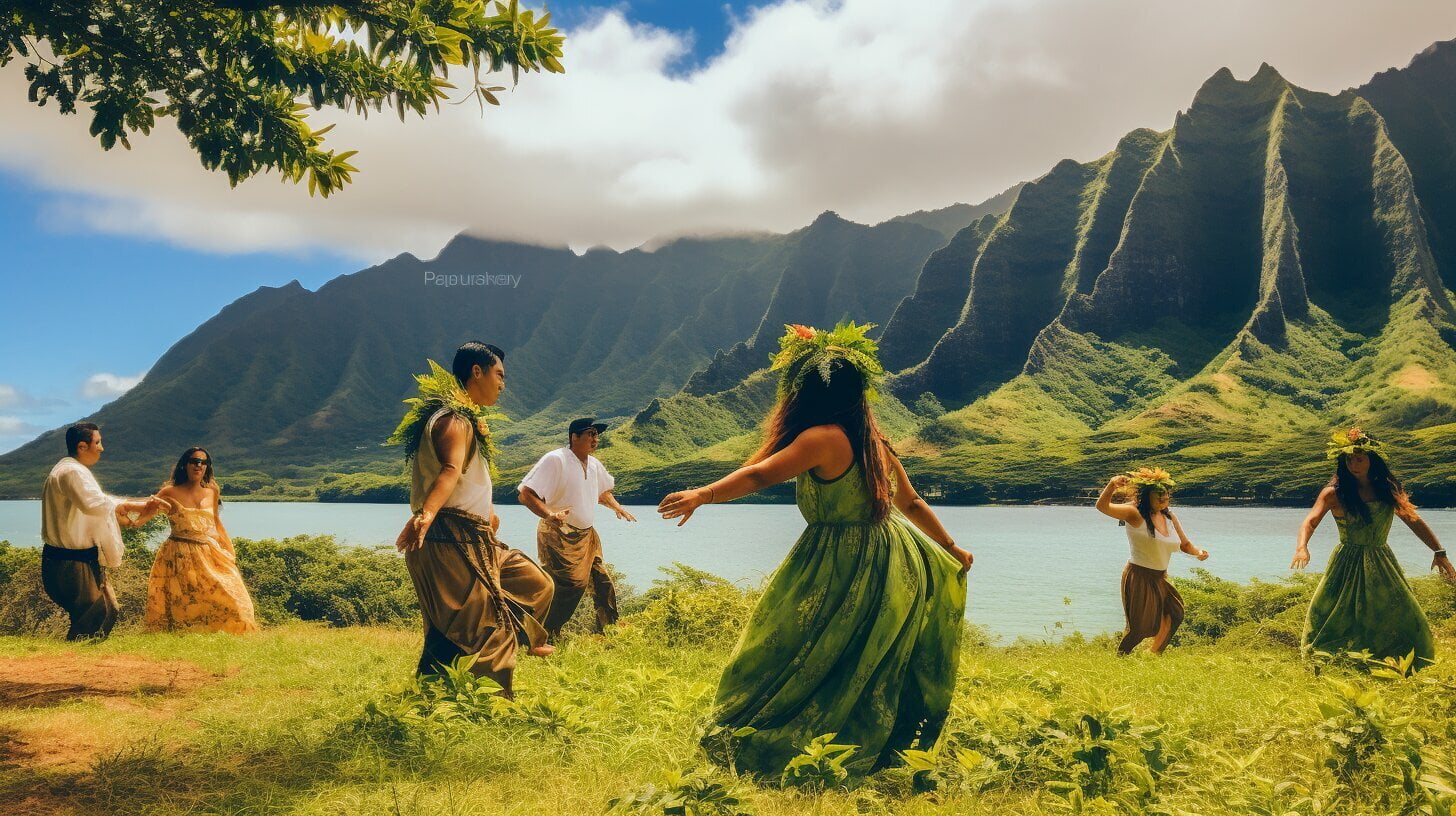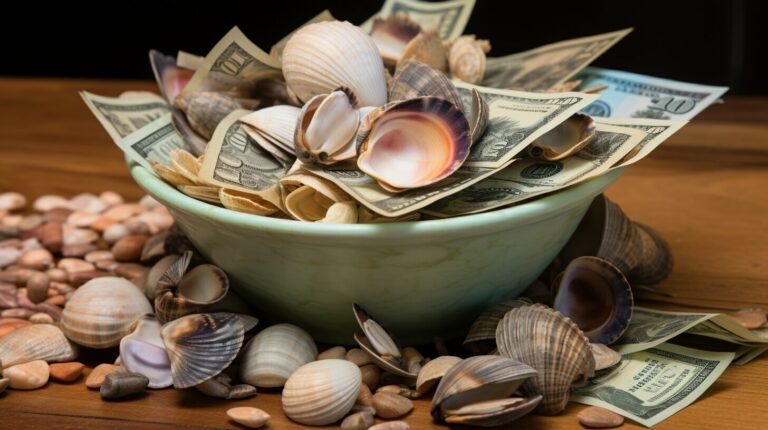Respecting Hawaiian Culture on Big Island 🌺
When visiting Big Island, understanding and respecting cultural norms is crucial in order to have a respectful and enjoyable Hawaiian experience. The Hawaiian culture is rich with traditions and customs that are deeply ingrained in the daily lives of the locals. As a visitor, it’s important to be aware of these cultural practices to show respect and appreciation for the unique culture of Big Island.
Key Takeaways:
- Respect for cultural customs and traditions is essential for visitors to Big Island
- Understanding appropriate greetings and behaviors is important for interacting with locals
- Dressing appropriately according to Hawaiian customs and traditions is crucial
- Gift-giving and hospitality hold significant importance in Hawaiian culture
- Respect for nature and sacred sites is expected of all visitors
- Proper dining and food etiquette, including the appreciation of local cuisine, is important to show respect for Hawaiian culture
Understanding Hawaiian Customs and Traditions
Visitors to Big Island must understand and respect the unique customs and traditions of Hawaiian culture. Hawaii has a rich history that has shaped its cultural identity over the years, and visitors should expect to experience a unique way of life that differs from the mainland United States.
The Significance of “Aloha”
One of the most important aspects of Hawaiian culture is the concept of “aloha.” This word is often used as a greeting or farewell, but it encompasses much more than that. It is a way of life that emphasizes love, peace, and respect for others. Visitors should be aware of the importance of “aloha” and use it appropriately when interacting with locals. It is essential to understand that “aloha” is not just a word but a way of life that has deep cultural significance.
Respecting Hawaiian Traditions
When visiting Big Island, visitors must be respectful of local customs and traditions. Hawaii has a strong connection to its past, and traditional practices are still prevalent today. Visitors should take the time to learn about these practices and show respect for them. One such important tradition is the hula, a dance that tells stories and expresses emotions. Visitors should appreciate and respect the hula as an art form and not as an exotic spectacle.
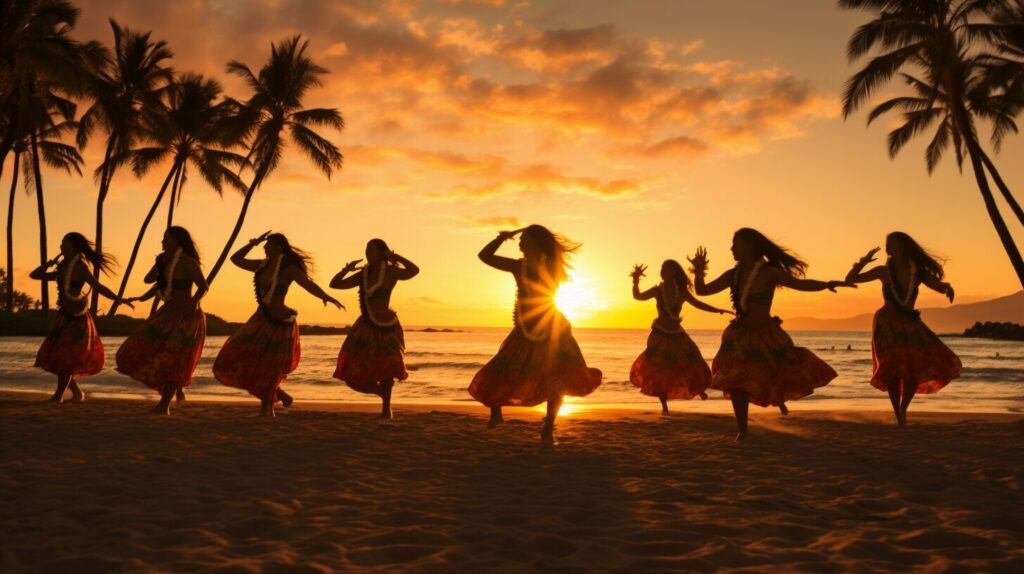
Cultural Sensitivity in Big Island
Cultural sensitivity is crucial when visiting Big Island. Visitors should be aware of the potential impact of their behavior on the local community. For example, it is considered disrespectful to enter someone’s home uninvited or to take photos of people without their permission. Visitors should also be mindful of the impact of their presence on the environment and respect the natural beauty of the island.
“Visitors should take the time to learn about these practices and show respect for them.”
Greetings and Respectful Behavior
Respectful behavior is an essential part of Hawaiian culture, and visitors are expected to adhere to specific etiquette guidelines when interacting with locals. Understanding appropriate greetings and forms of address is crucial to show respect and build bridges with the Hawaiian community. Aloha is more than just a greeting – it is a way of life on Big Island. It represents love, affection, and respect for others and draws appreciation when used appropriately.
When addressing someone in a formal setting, such as a cultural event or a business meeting, it is essential to use the appropriate titles. Kumu is a title given to respected teachers, while Ohana means family. If you are unsure of the right title to use, it is always respectful to ask beforehand.
Respectful behavior also applies to non-verbal communication. Eye contact, a smile, and a friendly demeanor are encouraged to show warmth and respect. Loud talking and aggressive behavior are not considered appropriate and can be seen as disrespectful. Keep in mind that the Hawaiian culture values peace and harmony, so it is important to approach all interactions with a peaceful and humble mindset.
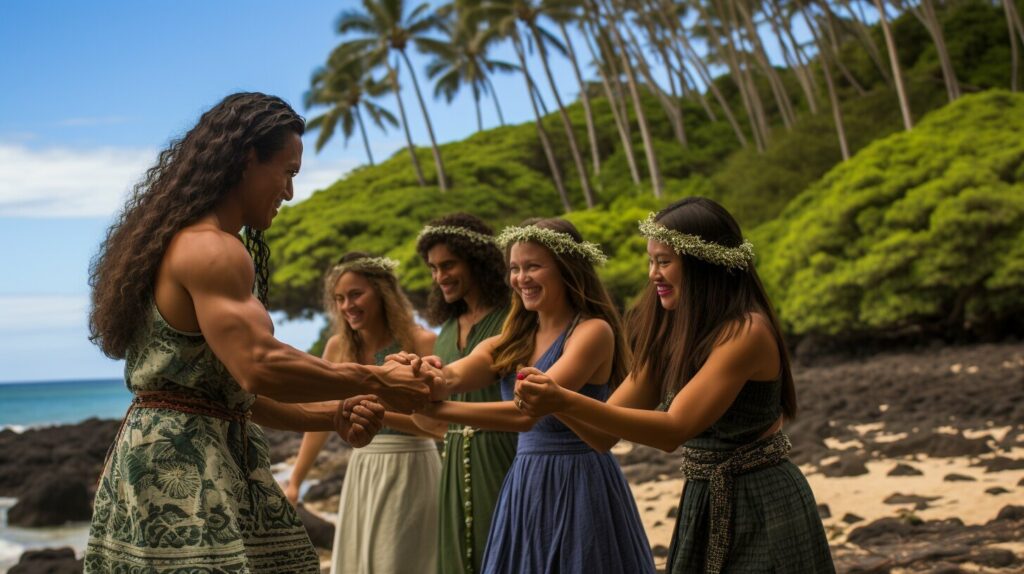
“The spirit of aloha is embodied in a handshake, a heartfelt smile, a friendly greeting, and a sincere expression of love and respect”. – Pilahi Paki, Hawaiian Cultural Educator
Dress Code and Attire
Observing cultural norms is an important aspect of Hawaiian etiquette, and dressing appropriately is no exception. When visiting Big Island, it’s important to keep in mind the significance of certain clothing items and the expectations for different occasions.
For casual outings and activities, comfortable clothing such as shorts, t-shirts, and sundresses are appropriate. It’s recommended to wear sandals or flip flops for everyday wear, but closed-toe shoes are necessary for more rigorous activities such as hiking or horseback riding.
When attending formal events or ceremonies, it’s important to dress conservatively and respectfully. Men should wear dress shirts, pants, and closed-toe shoes, while women should wear dresses or blouses with skirts or pants that cover the knees. It’s also important to note that Hawaiian ceremonies and events may require specific dress codes, such as wearing a lei or certain colors, so it’s always a good idea to inquire beforehand.
One important cultural practice to keep in mind is removing your shoes before entering someone’s home or a sacred site. This is a sign of respect and cleanliness, and many Hawaiians take this custom very seriously. Always check for signs or ask for permission before entering an area, and be sure to remove your shoes if necessary.
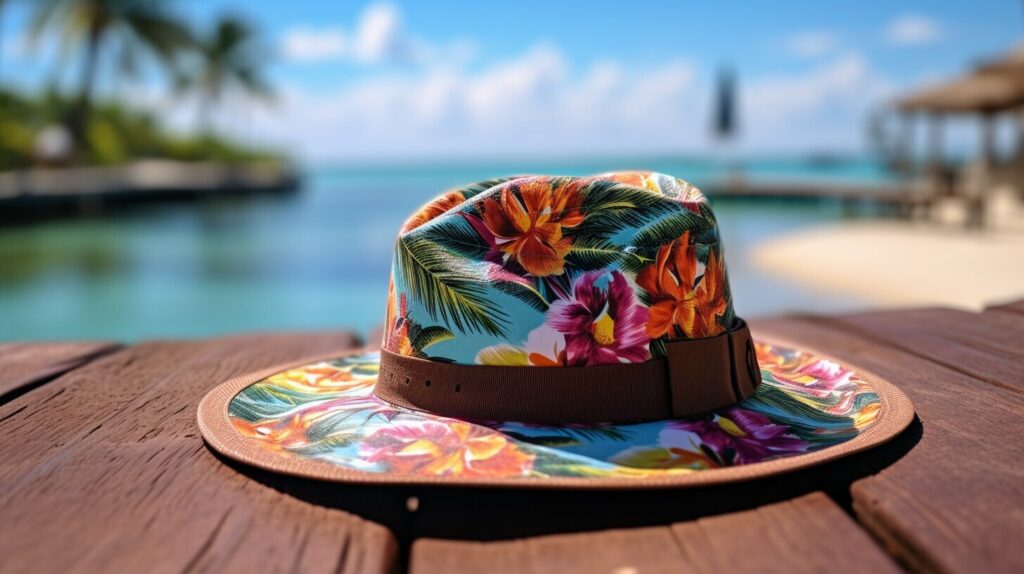
GIFT-GIVING AND HOSPITALITY
Gift-giving and hospitality play an essential role in Hawaiian culture, reflecting values of respect and kindness towards others. If invited to someone’s home, it is customary to bring a small gift as a sign of appreciation. Common gifts include fresh flowers, chocolates, or locally produced items like macadamia nuts or Kona coffee.
When presenting a gift, it is important to do so with both hands and to show gratitude when receiving a gift in return. It is also customary to remove your shoes before entering someone’s home.
In Hawaiian culture, sharing meals is a communal experience that brings people together. If you are invited to a meal, it is respectful to offer to bring a dish or beverage to share, or to bring a small gift for the host as a sign of gratitude. When dining, it is polite to wait until all guests are served before beginning to eat and to use utensils rather than hands when appropriate.
When attending traditional gatherings, such as a luau, it is important to dress appropriately and show respect for the customs and traditions being celebrated. It is customary to bring a small gift for the host or to offer to assist with preparations.
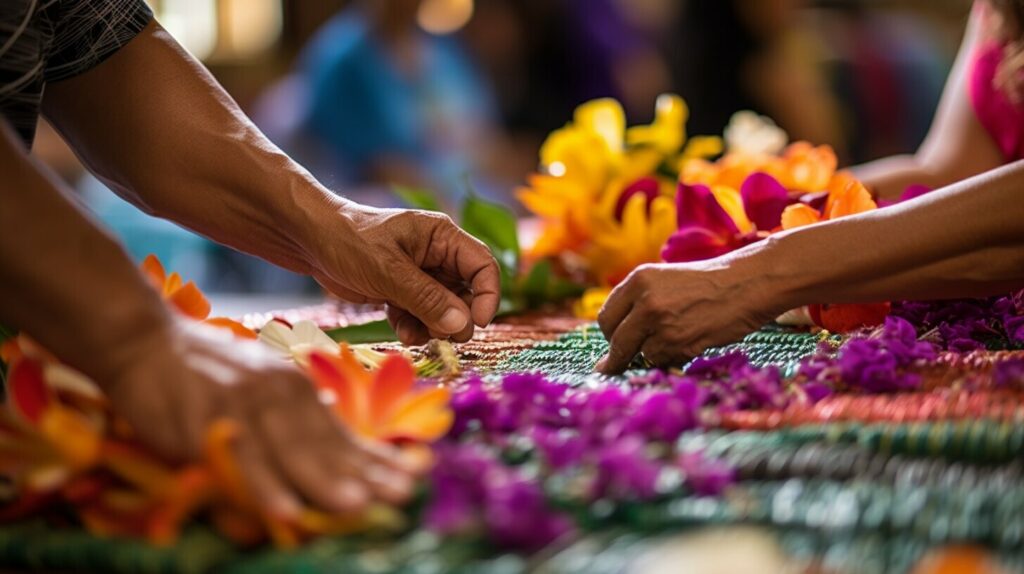
Leis are a traditional Hawaiian gift that symbolize love, respect, and appreciation.
Respect for Nature and Sacred Sites
One of the most important aspects of cultural etiquette on Big Island is showing respect for the natural environment and sacred sites. The Hawaiian people have a deep connection to their land and the natural world, and visitors should be mindful of this when exploring the island.
When visiting sacred sites, such as heiaus (temples) and other cultural landmarks, it is important to follow guidelines and any posted rules. These sites are considered sacred by the Hawaiian people and should be treated with the utmost respect.
| Responsible tourism practices include: |
|---|
| Staying on designated paths and not trampling on sensitive areas |
| Refraining from touching or removing any cultural artifacts or items |
| Avoiding loud or disruptive behavior that may disturb the peaceful atmosphere of the site |
| Respecting any spiritual practices or ceremonies that may be taking place |
Additionally, visitors should practice responsible tourism when exploring the natural beauty of the island. This includes avoiding littering, staying on designated trails, and leaving the environment as untouched as possible.
As the Hawaiian proverb goes, “He aliʻi ka ʻāina, he kauwā ke kanaka.” This means “The land is the chief, and we are its servants.” By respecting the land and cultural sites on Big Island, visitors can uphold this important value and honor the traditions of the Hawaiian people.
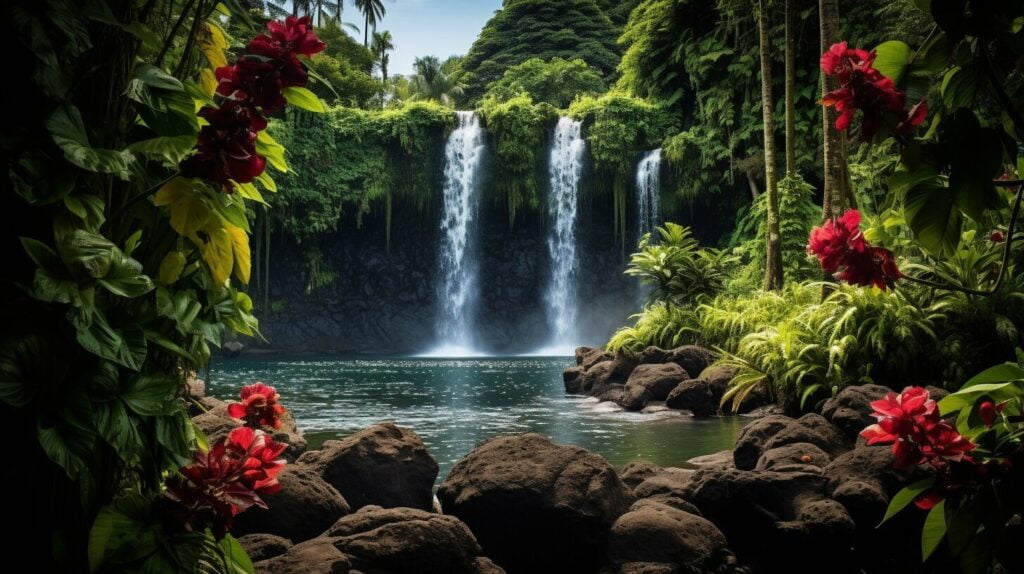
Greetings and Respectful Behavior
Respectful behavior is an important aspect of Hawaiian culture, and visitors should take care to be mindful of their behavior and interactions with locals. One of the most significant customs in Hawaiian culture is the greeting, which is a reflection of the Aloha Spirit. The “aloha” greeting is used to welcome guests and express love, compassion, and acceptance. It can be used in a variety of situations, from greetings to farewells, and can be used to express a range of emotions from gratitude to congratulations.
When addressing someone with a title, such as “Auntie” or “Uncle,” it is important to note that these titles are often used out of respect for someone’s age or status, rather than their familial relation. It is also customary to remove your shoes when entering someone’s home, as a sign of respect for their space.
General respectful behavior includes being polite and courteous, refraining from loud or disruptive behavior, and being mindful of cultural differences. Remember to always ask for permission before taking photos of people or sacred sites, and to be respectful of the land and environment. By observing these customs and traditions, visitors can show their appreciation for Hawaiian culture and enjoy a more authentic and respectful experience.
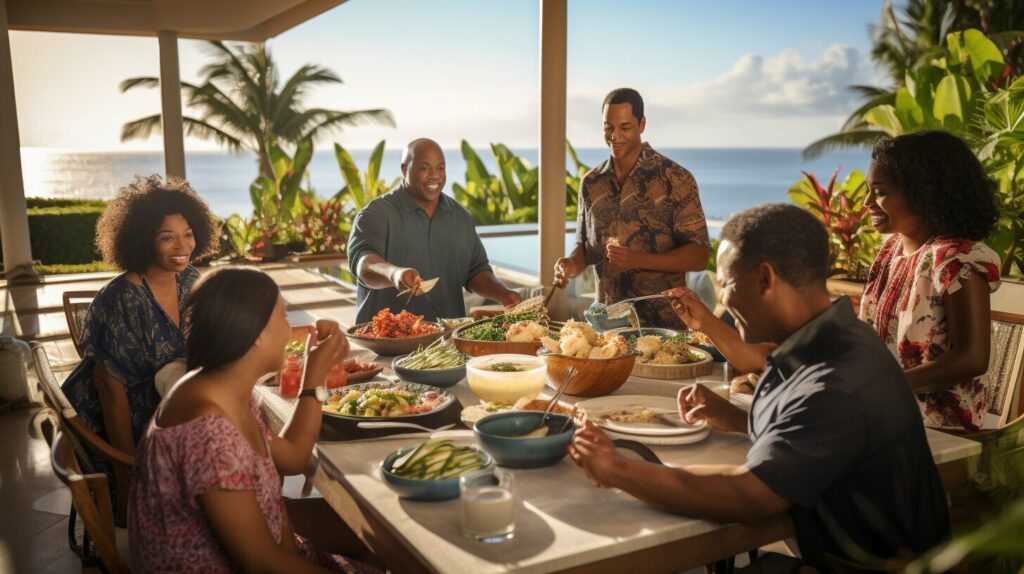
Conclusion
As visitors to Big Island, it is essential to understand and respect the cultural norms and sensitivities of the Hawaiian people. By following the proper cultural etiquette, visitors can not only show respect for the traditions of the island, but also have a more enriching and authentic experience.
Make sure to familiarize yourself with Hawaiian customs and traditions, including appropriate greetings and behaviors, suitable attire for different occasions, and the significance of gift-giving and hospitality. Remember to be mindful of the natural environment and sacred sites and follow responsible tourism practices.
Whether dining out or attending cultural events, it’s important to appreciate the local cuisine and embrace the communal experience of sharing meals. By embracing and respecting the cultural norms of the Hawaiian people, you can make the most out of your Big Island trip and leave with a deeper appreciation of Hawaiian culture.

